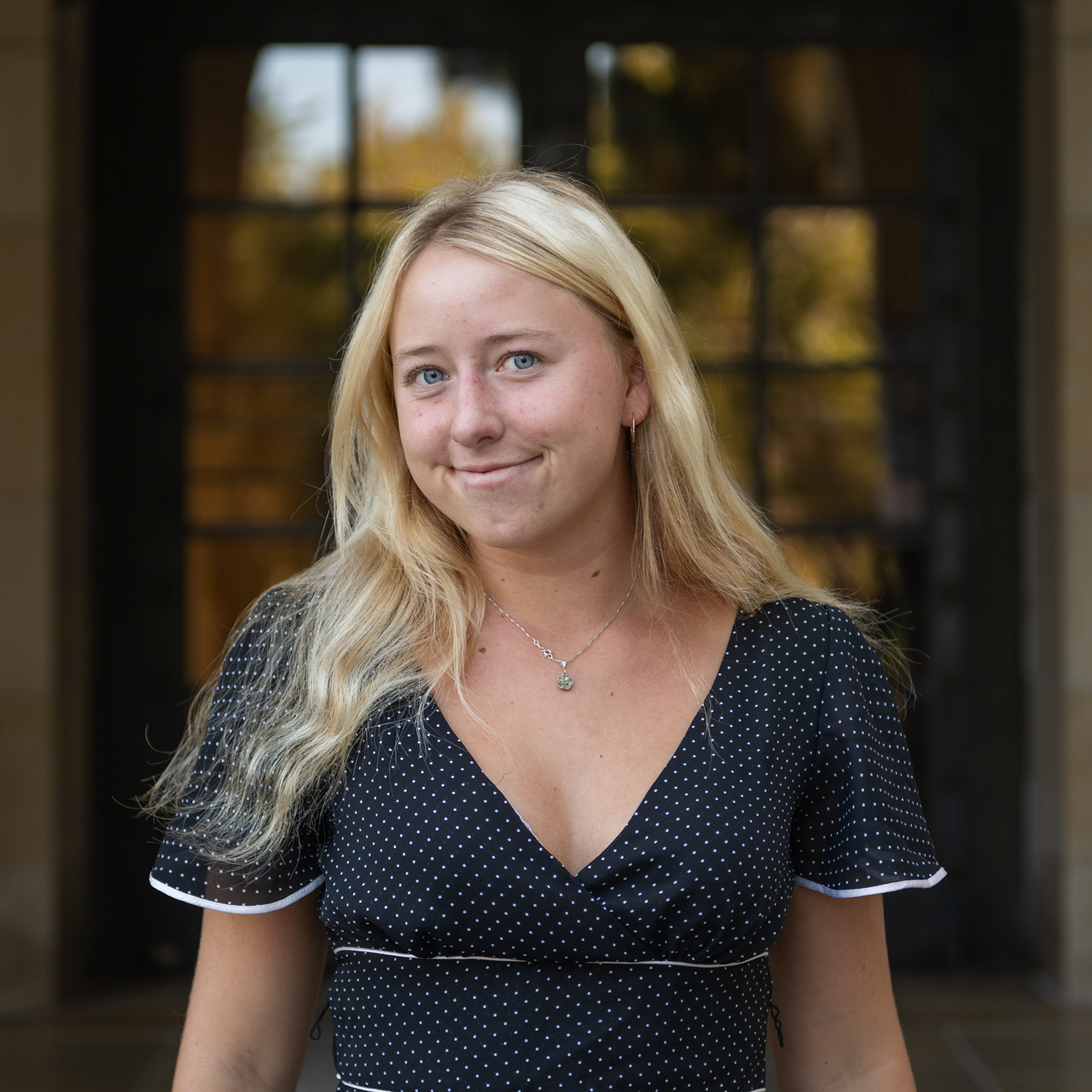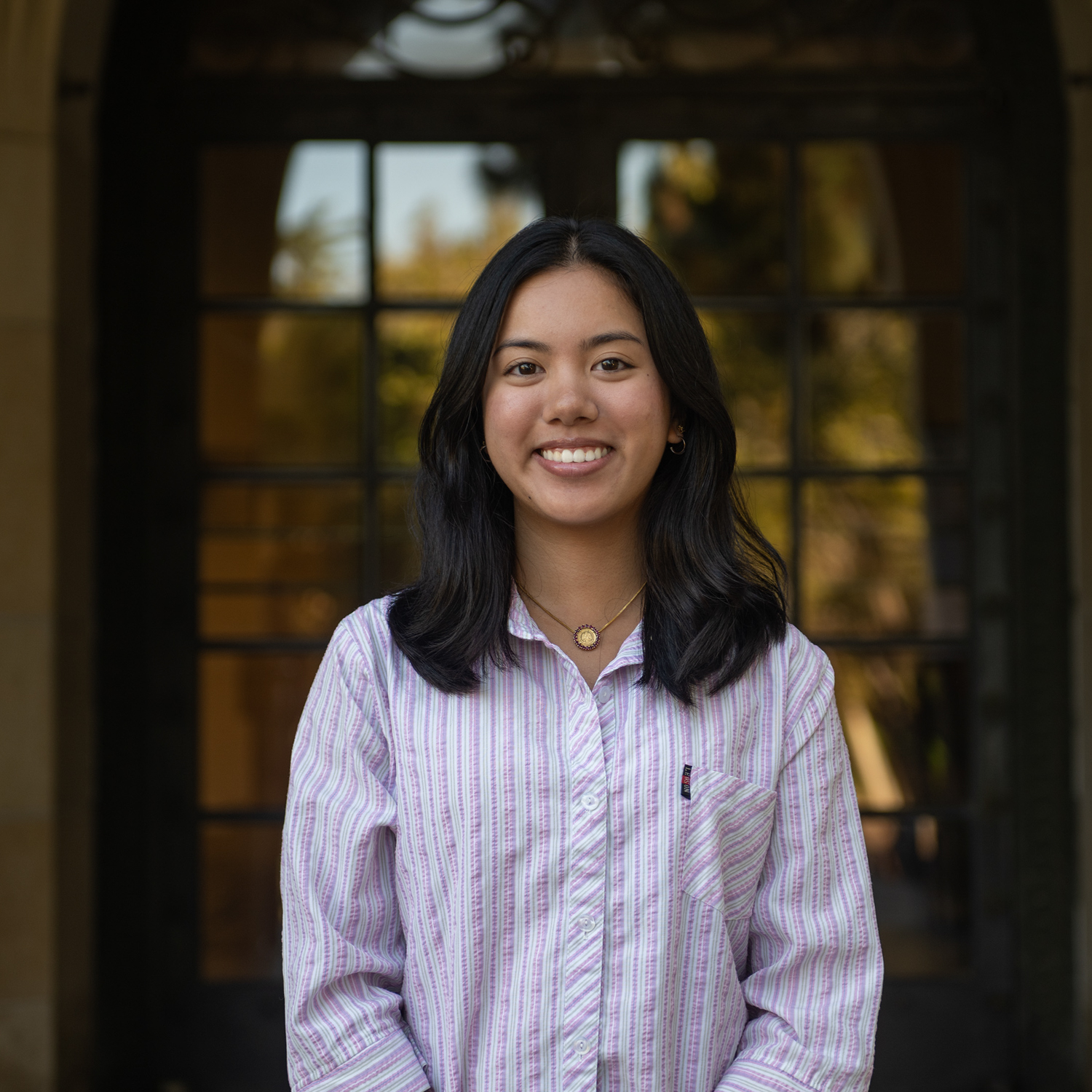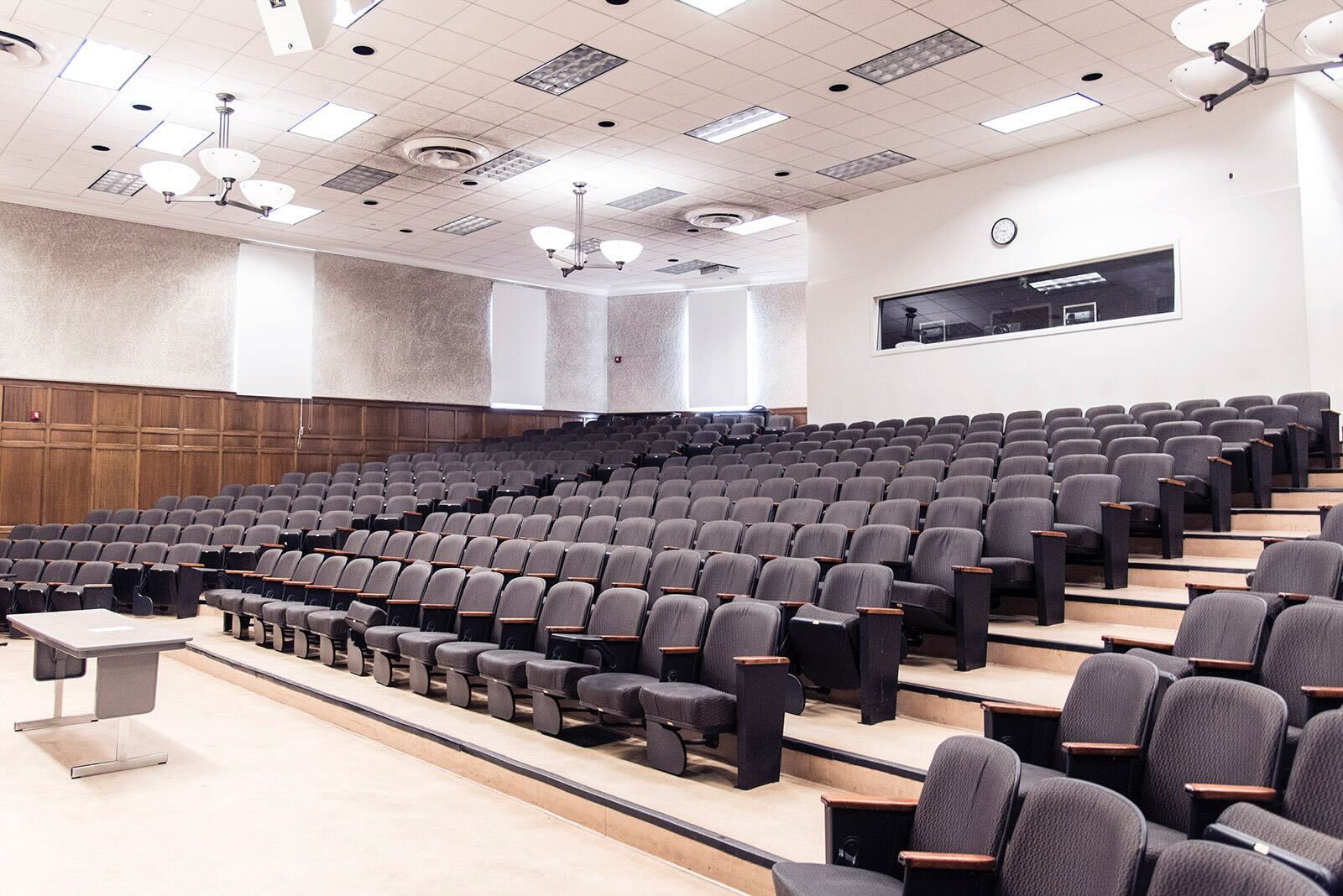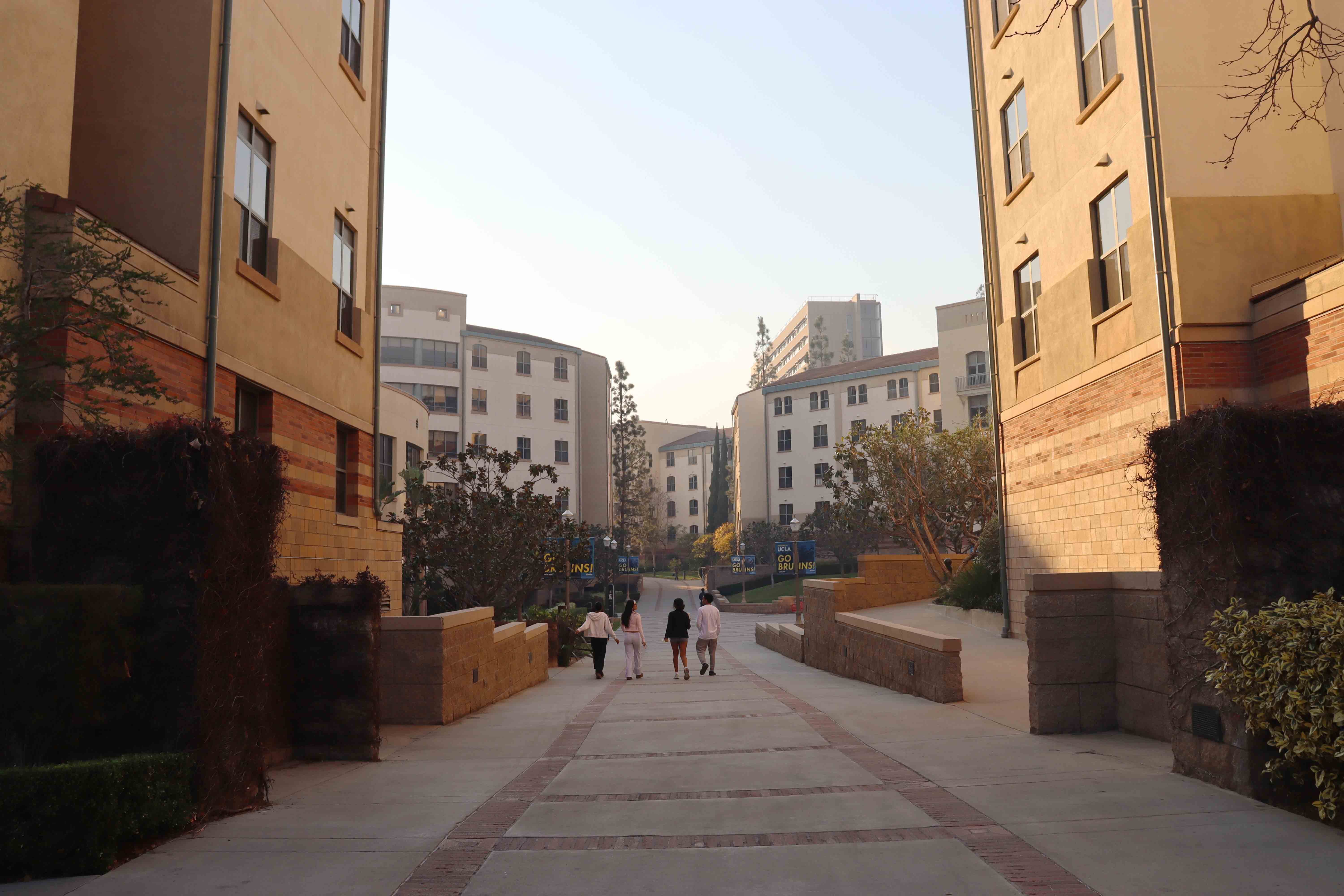UCLA students react to LA wildfires, evacuations, loss of homes
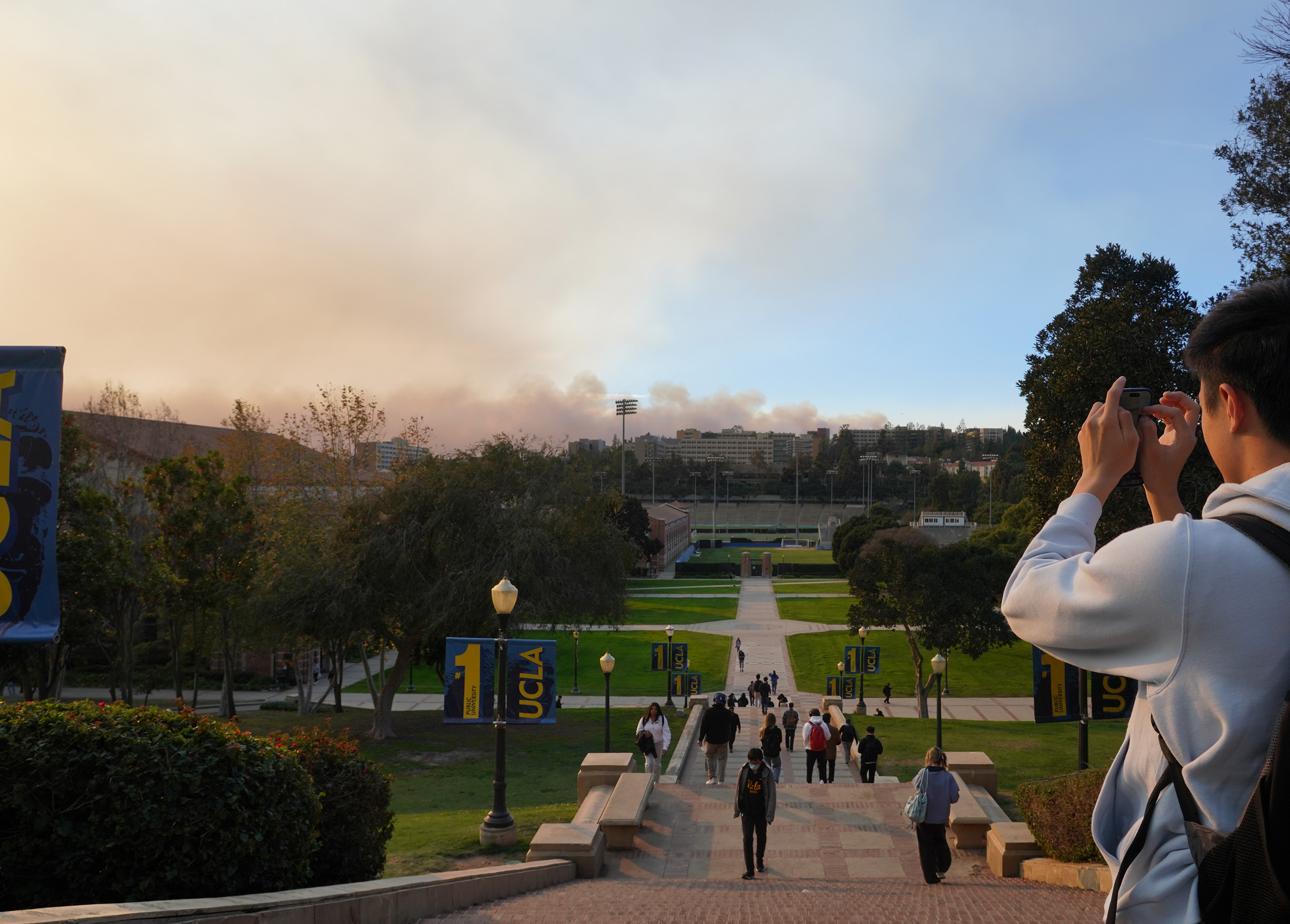
A student photographs smoke from the Palisades fire Wednesday. The university canceled classes Thursday and Friday and thousands of students evacuated campus in response to the fire, which has burned over 17,000 acres as of 4:30 p.m. Thursday, according to the Cal Fire website. (Conner Levy/Daily Bruin)
This post was updated Jan. 12 at 11:58 p.m.
Fires across Los Angeles County sparked unease among UCLA students and criticism of the university’s emergency response.
Chancellor Julio Frenk canceled all undergraduate classes and moved graduate instruction online for Thursday and Friday, he said in a BruinPost shortly after 6:30 p.m. Wednesday. Emergency services have ordered multiple evacuations in areas including parts of Santa Monica, Pacific Palisades and Topanga Canyon.
The nearest fire, which started in Pacific Palisades, has now burned over 17,000 acres, according to the Cal Fire website. As of 4:30 p.m. Thursday, no evacuation warning or order has been issued covering the UCLA campus. However, an evacuation alert appeared on students’ phones in Westwood around 4 p.m., and a UCPD spokesperson confirmed the alert was sent in error.
[Related: UCLA cancels in-person classes amid Los Angeles fires]
Multiple centers have begun offering shelter to people and animals from fire-impacted areas – including one at the Westwood Recreation Center – which received over 230 people as of Wednesday evening.
There are five other active fires in Los Angeles County, with one in the Pasadena and Altadena areas measuring at over 10,000 acres, according to the Cal Fire website.
[Related: Westwood Recreation Center provides shelter, essential resources amid LA fires]
Some students wore masks Wednesday afternoon because of fears surrounding the air quality at UCLA.
While the air quality at UCLA was rated as “good” throughout Wednesday, it deteriorated to an unhealthy status at 10 a.m. Thursday, according to UCLA’s air quality website.
Students also grieved the loss of childhood homes and LA landmarks.
Following the cancellation of classes Wednesday, thousands of students voluntarily left their dorm buildings with backpacks and luggage. UCLA Housing staff coordinated traffic as a long line of vehicles extended from Hedrick Summit down to the intersection of De Neve Drive and Charles E Young Drive.
An estimated 5,000 students have departed the Hill, according to a written statement from Undergraduate Students Association Council President Adam Tfayli.
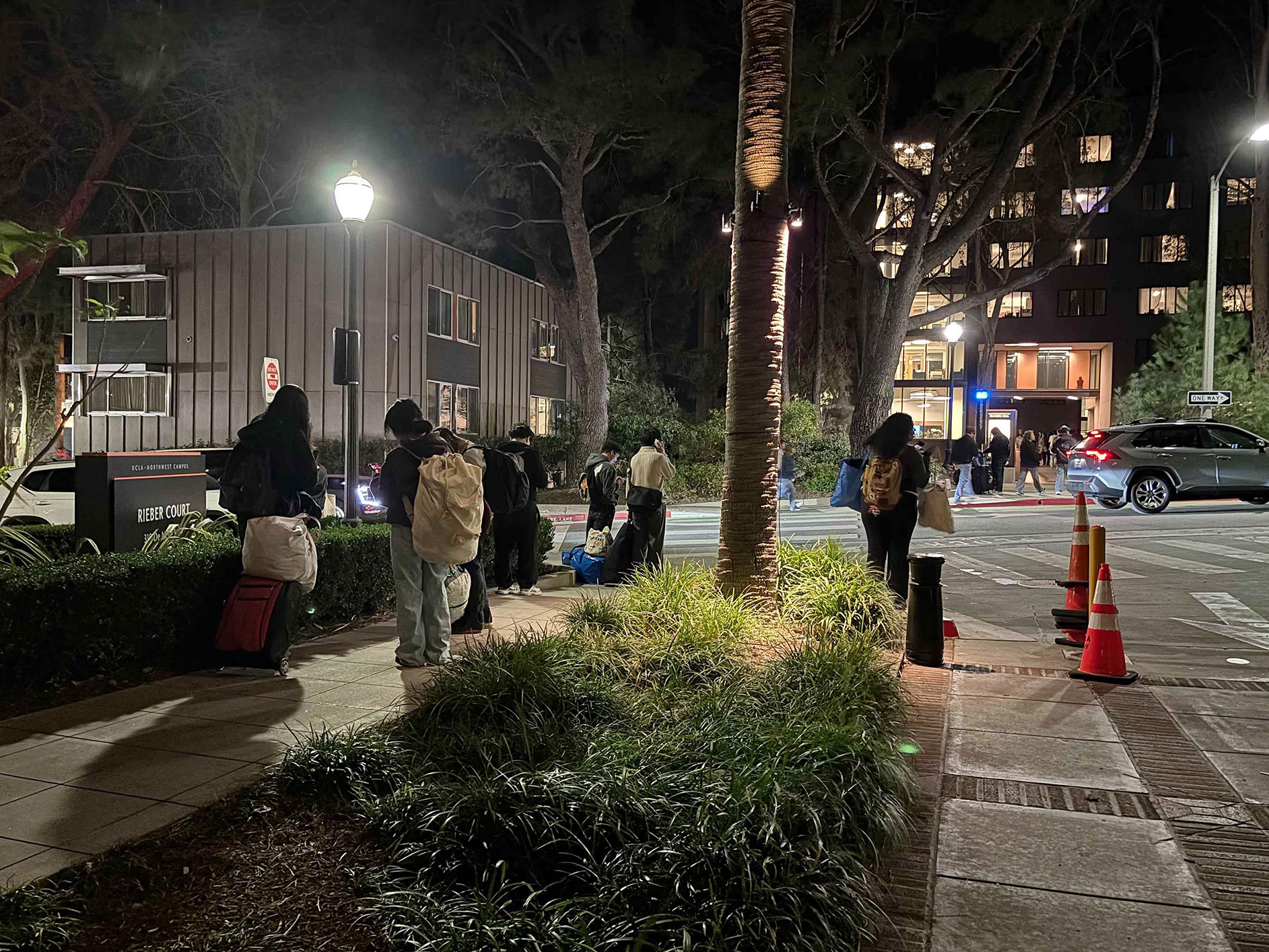
[Related: LIVE: Pacific Palisades Fire]
Taeya Chavies, a first-year psychology student, said she originally did not realize the fire was a pressing matter until she looked outside her dorm window and saw the flames herself. She added that she believes if the fire makes it to campus, it will become difficult to evacuate.
UCLA’s traffic mitigation plan, which would be used in an emergency, is available on the UCLA Transportation Website.
Chavies added that she was confused because no information regarding potential evacuation instructions or precautionary measures was provided by UCLA officials as of Wednesday at 7:24 p.m. While the university said Wednesday that the air quality on campus was healthy, many students were coughing or wearing masks when attending classes, she said.
First-year business economics students Lauren Farrell and David Huang both said they have asthma and chose to wear masks while outdoors Wednesday afternoon.
Farrell added that she purposely skipped a Wednesday class to avoid prolonged exposure to poor air quality, and she believed that classes should have been canceled or moved online earlier than they were.
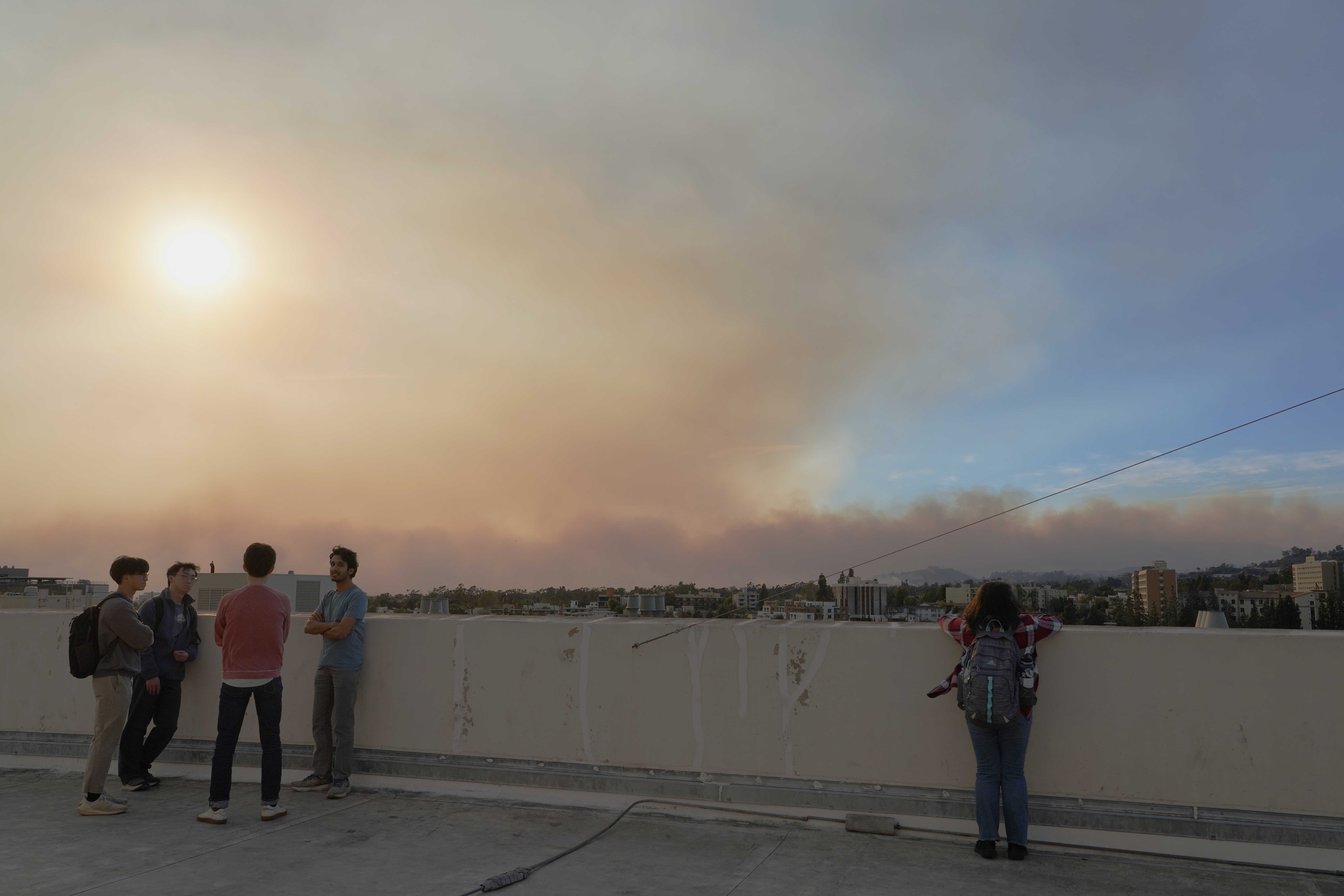
For students like Huang who live far away, UCLA’s lack of evacuation information also meant that students had to make their own evacuation plans.
“I don’t know anybody who has left yet because we’re kind of stuck here,” Huang said. “Everybody in my dorm lives really far away, so it’s not really possible for us to leave if needed.”
Ash Sundresh, a first-year computer science student who lives in India, said he was also struggling to come up with an evacuation plan. He said he feels panicked thinking about evacuations because he has nowhere to go.
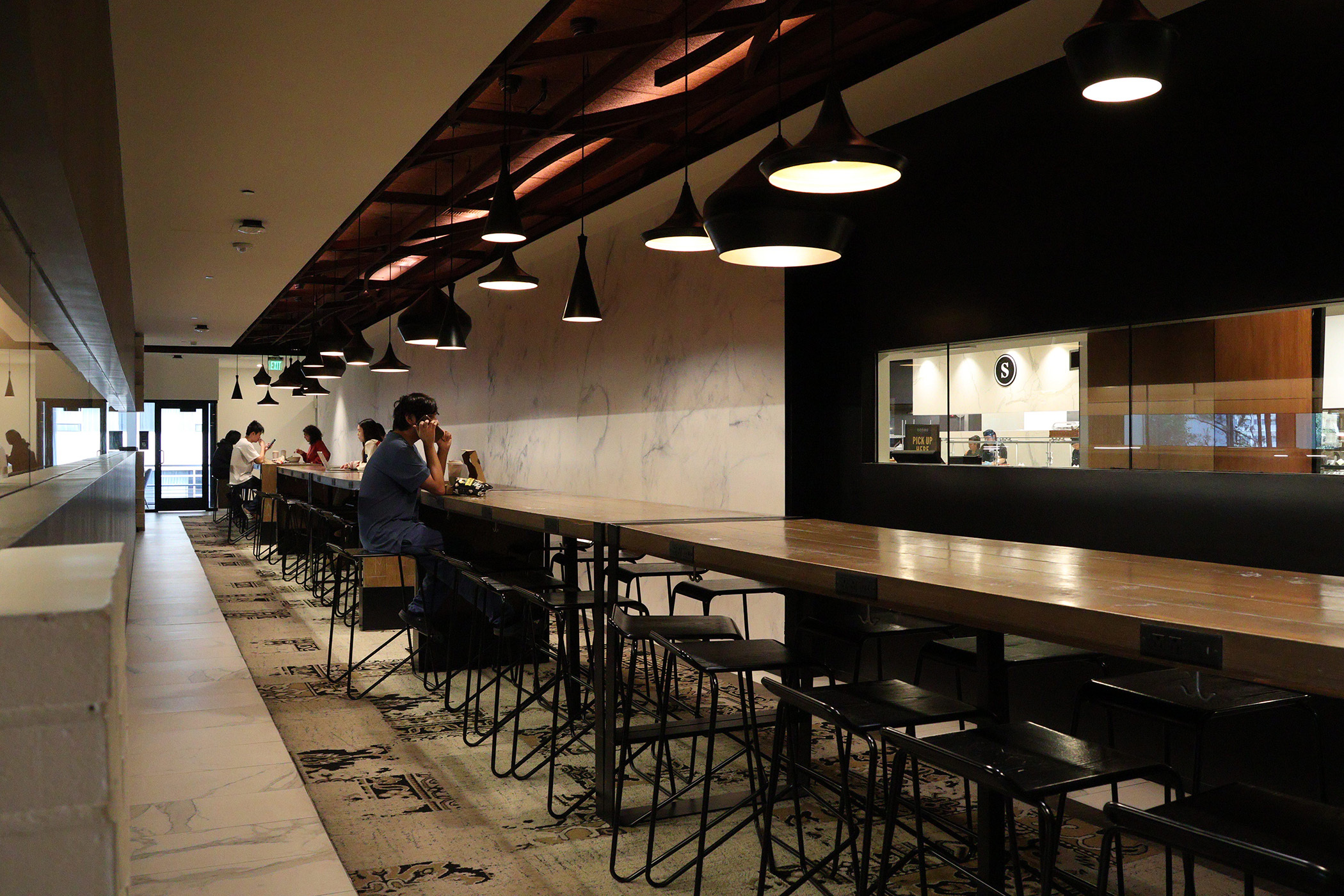
There are also students who cannot go home because where they live is near active fires.
“I live in Altadena, and my house is no longer standing,” said first-year political science student Dustin Bell. “I wouldn’t have anywhere to go. I can’t go home. My house is already gone.”
Arek Yacoubian, a first-year pre-human biology and society student, said he was in a similar situation.
“I didn’t really care about classes being canceled or the air quality. I’m more worried about my house in La Cañada, on the border right by Altadena,” Yacoubian said. “The flames are less than a mile from my house.”
Other students who live locally, such as fourth-year philosophy student Wonseo Jong, said they had safe places to evacuate if needed but were still worried about UCLA’s minimal communication regarding fire safety. She added that she would have appreciated an email outlining evacuation options for students, should they need to use them.
Alysa Lee, a second-year psychology student, said she was grateful for the email sent out by the UCLA Office of Emergency Management, as it reassured her that school officials were knowledgeable on the status of the fire. However, she said the department could improve by communicating more live updates in real time.
Others said they were more understanding of the school’s struggle with communication in a time of crisis.
“It’s so unpredictable with the information the county has given, and it makes it harder for the school to fully communicate with all the students,” Bell said. “But at the same time, I think it would be nice to have warnings about potential hazards.”

Jahnelle Brown, a first-year biology student, also said she believes the school communicated somewhat effectively and made the right decision, even if it took longer than she would have liked.
Bryce Fleming, a third-year music industry student, said she had a hard time imagining what the aftermath of the fires will look like.
“It’s insanely sad to see where we are in LA and being able to go to Malibu and the Pacific Palisades, the Village and wondering what it’s going to look like after all this,” Fleming said.
Contributing reports from Maggie Konecky, Daily Bruin reporter.


